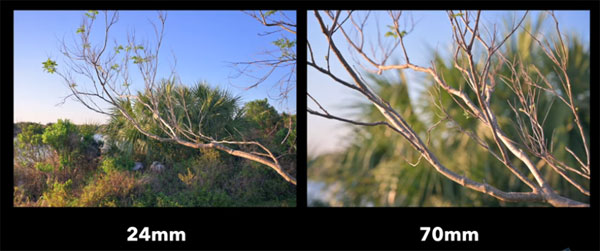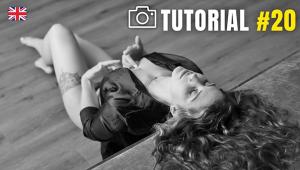How Depth of Field Dramatically Affects the Look of Your Photographs (VIDEO)

Last week we discussed the basics of depth of field, a key concept enabling you to capture better images. Today we’ll explore the topic further, through the eyes of an experienced pro.
Based in Denver, Spencer Cox specializes in macro and landscape imagery, two types of photography in which the correct use of depth of field is particularly important. In fact, Cox says, “Depth of field is one of the most important creative and technical factors in photography.”

In the quick eight-minute video below, Cox examines the tools at your disposal for modifying depth of field. These principles work similarly with any camera you use. The concept revolves around the fact that when you focus on an object in a scene, say a flower in the foreground, other areas will be out of focus depending upon your settings. Those could be the background, areas in front of the flower, or both.
Cox considers this principle so important, he says, “When I pick my camera settings, I base almost everything on depth field.” To that end he explains how aperture settings, the focal length of a lens, and camera-to-subject distance can all be used individually or together to modify the appearance of an image.

You’ll see that depth of field isn’t a specific point of focus, but rather a zone of sharpness that you can expand or contract by apply the proper techniques. That way you can render distracting elements or less important areas of a scene much softer, to guide the viewer’s eye to what you consider the most important portion of the frame.
Cox demonstrates his tips with real-world examples, and explores three factors that can work against you in certain situations. He also covers two methods for extending depth of field, beyond the ordinary limits of your lens and the f/stop you choose.
For more great tips on macro and landscape photography, visit Cox’ YouTube channel. And don’t miss last week’s primer on the basics of depth of field.
- Log in or register to post comments















































